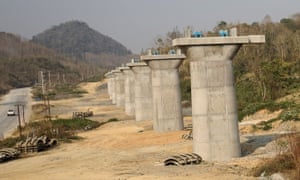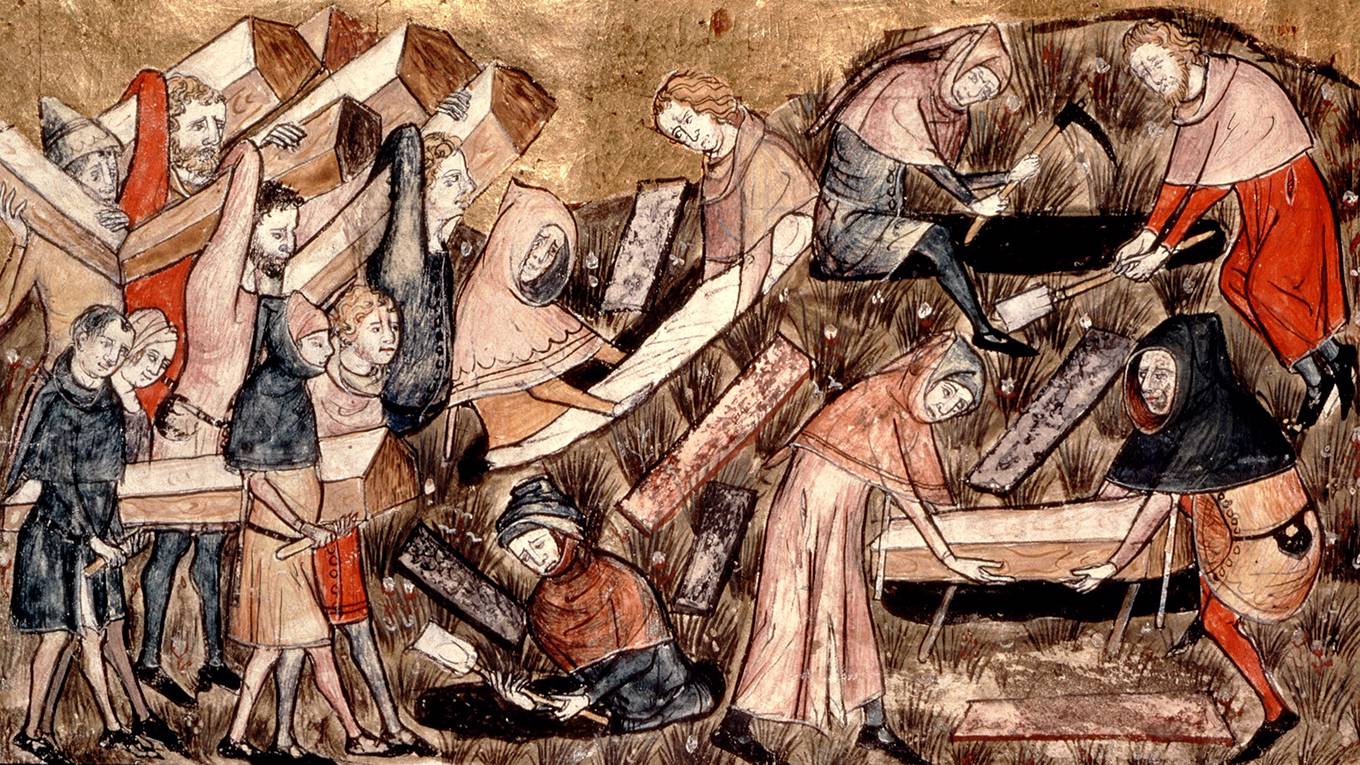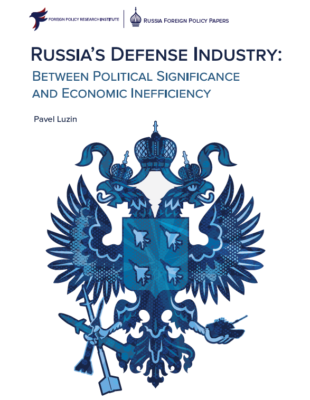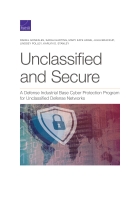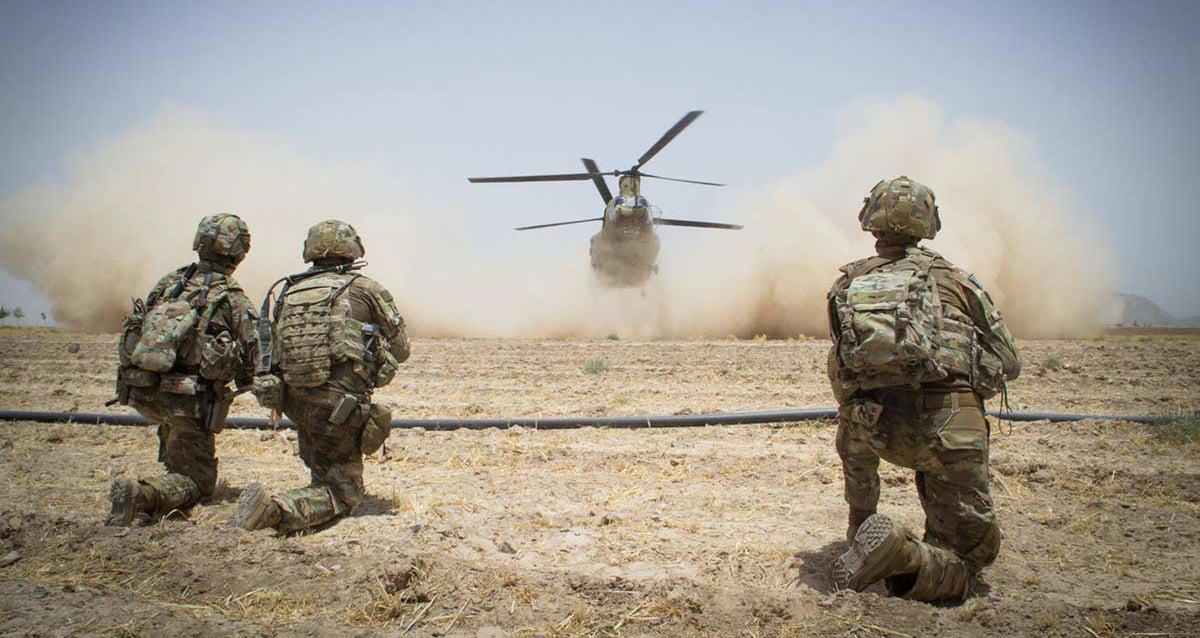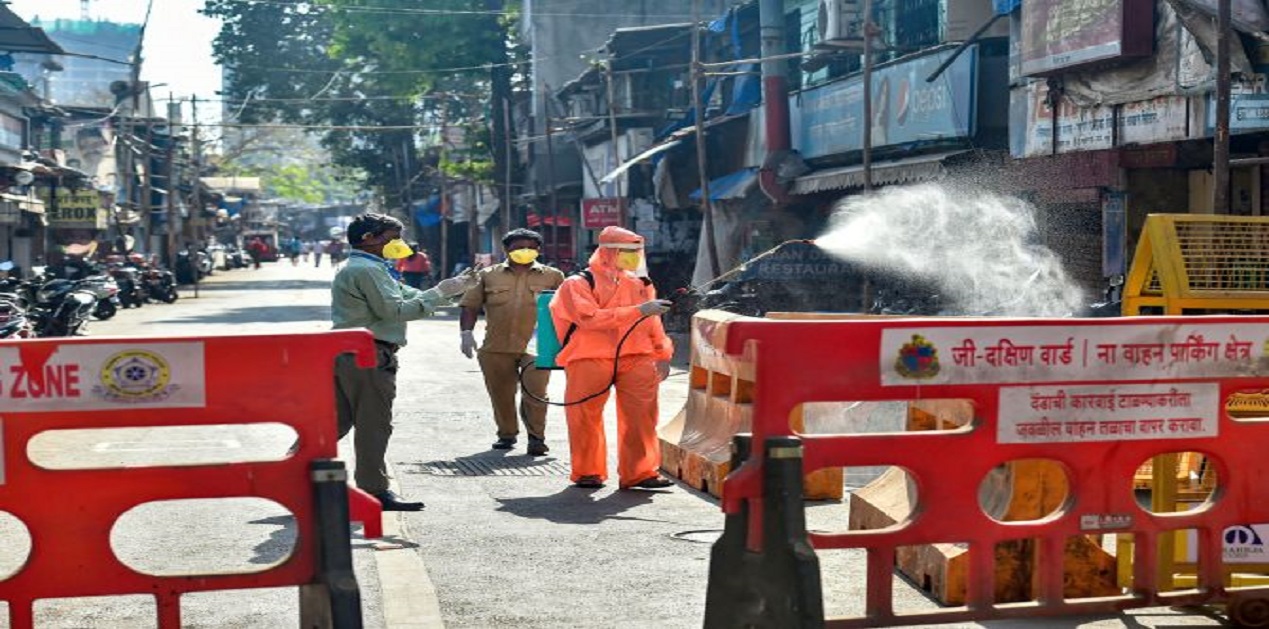 All Indians await with bated breath the government's decision as to what should be done on expiry of the current countrywide lockdown. There are no easy answers and this is an occasion when no one would envy being in Prime Minister Modi's shoes. India is, however, fortunate in having him at the helm of affairs as he is not one to dither and to shy away from taking hard decisions.
All Indians await with bated breath the government's decision as to what should be done on expiry of the current countrywide lockdown. There are no easy answers and this is an occasion when no one would envy being in Prime Minister Modi's shoes. India is, however, fortunate in having him at the helm of affairs as he is not one to dither and to shy away from taking hard decisions.
In fashioning the national response to the situation one must take into account the following hard realities:
The choice between a lockdown and opening up is projected as a choice between saving lives and saving the economy. The reality is, however, not so simple. Saving the economy is equally necessary to save lives particularly as millions in India live from hand to mouth. The lockdown related disruptions have brought the economy to a standstill and caused life threatening starvation and hardship. Treatment of those with other serious ailments is being put on hold and there are reports that to conserve beds for coronavirus cases the same are being denied to patients afflicted with other serious illnesses. Supply disruptions are assuming serious proportions with around 3.5 lakh trucks stuck on our roads with Rs 35,000 crores worth of supplies ranging from cars to white goods to essentials. Clearly, a lockdown jeopardises India's dreams of even a modicum of economic growth, leave aside the rapid economic growth, so critical for its well being and all the more necessary at a time when it has been in an economic slump for months on end marked by massive unemployment. The Centre for Monitoring Indian Economy (CMIE) is quoted to have pegged the unemployment rate in March at a worrying 8.7% which with the lockdown at the end of the month it now projects at 23.8%

